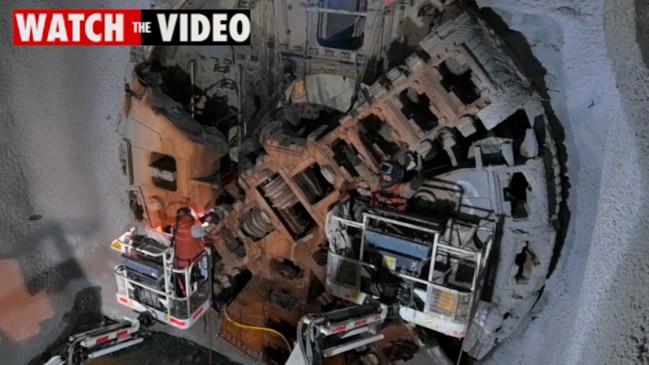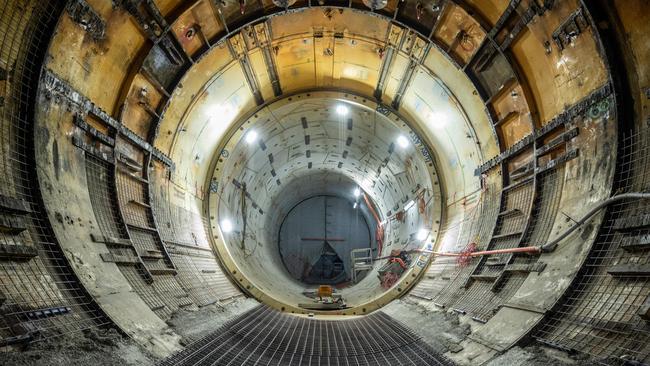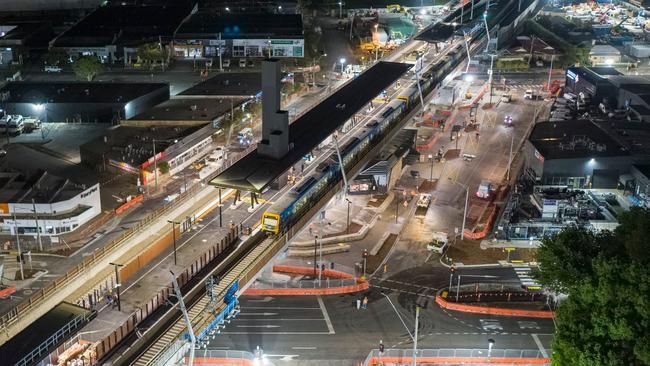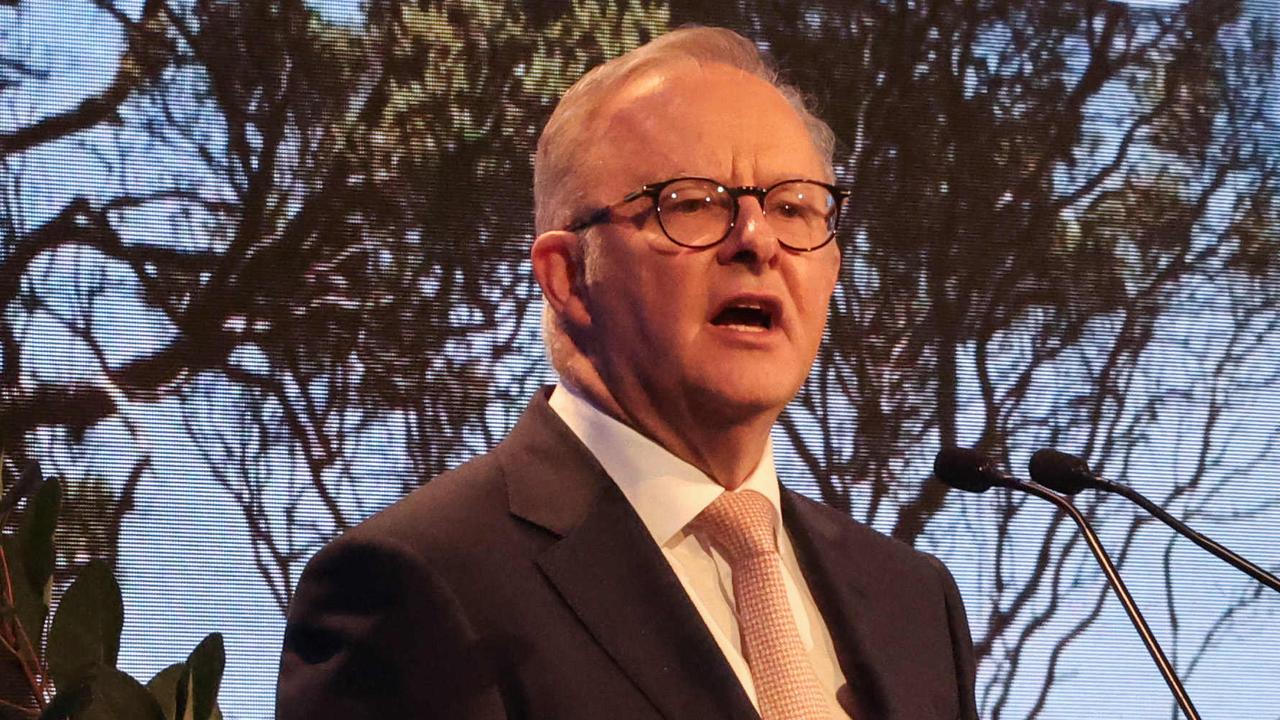The mega projects changing Victoria
Over the next decade an array of new infrastructure projects will be complete and how Victorians move around the state will be changed forever.

Future Victoria
Don't miss out on the headlines from Future Victoria. Followed categories will be added to My News.
Transport mega projects worth more than $70 billion will open by the end of this decade, transforming the way Victorians move around their state.
And tens of billions of dollars worth of smaller road and rail upgrades will also fill the state’s infrastructure pipeline to 2030, keeping the economy chugging and people moving.
Within seven years the state will have an airport rail link, a new river crossing in the west, a major state-owned toll road in the northeast, a new Metro rail tunnel, and up to 110 level crossings removed.
The Metro project will be among the first of the big five to open in 2025, altering rail timetables and freeing up space for more trains to run through the CBD.
Contracts are in place or being negotiated for most of the mega projects, meaning they will not be at risk after the November 26 election.


However, a major split between the parties vying for power has developed over the massive Suburban Rail Loop project, the first stage of which is costed at an eye-watering $30-34.5bn.
If Labor is re-elected it promises to embark on the line that would alter Melbourne’s middle suburbs significantly, via a 26km first stage between Cheltenham and Box Hill in the southeast.
Six precincts would get new underground stations with high density developments to house tens of thousands of people in middle suburbs instead of outer fringes.
If the Coalition wins the election, it would shelve the project to repurpose state money allocated into the struggling health sector.
Liberal transport infrastructure spokesman Matt Bach said the SRL Stage One would soak up a generation’s worth of spending in that sector and the coalition had other priorities.
“Instead we are going to focus on projects that stack up, and deliver real bang for buck,” he said.


Mr Bach said the coalition was promising to build a rail extension to Clyde in the southeast, and to Baxter or beyond on the Mornington Peninsula, and had a number of road commitments in regional Victoria where “25 per cent of our infrastructure spending will be”.
“We would make sure that folks in growth corridors have the infrastructure they deserve, as well as increase infrastructure spending in regional areas,” he said.
Transport Infrastructure Minister Jacinta Allan said the government had established a “Big Build” since coming to office in 2014 and was “delivering the connections Victorians will need for generations to come”.
She said this infrastructure “doesn’t just get people home sooner, but creates opportunities for jobs, education, healthcare and social connection”.
“In 2030, Victorians will save 55 minutes on their journey from Bendigo to Melbourne Airport … get a single train from Sunbury into the new Melbourne Arts Precinct thanks to the Metro Tunnel or travel the length of the Lilydale, Cranbourne, Pakenham, Frankston and Werribee lines without being held up at a level crossing.”
Plans to link the Metro Tunnel with the Melbourne Airport Rail Link are well advanced, which will allow for passengers to get directly from the southeastern suburbs to the airport.
This will see a transformation of Sunshine station into a super hub that also provides improved connections to the regions.
A consortium called the Sunshine Systems Alliance, including Rail Projects Victoria, Metro Trains, V/Line, Alstom, John Holland, CPB, KBR and AECOM were recently announced as the preferred bidder for that part of the link.
John Holland’s executive general manager of rail and transport, Steve Butcher, said when the Metro and airport link are open to passengers “we will see a major transformation in how people travel across Victoria”.
“The airport rail link will seamlessly connect the metro and regional rail networks to the state’s gateway to the rest of the world,” he said.
“With Sunshine Station as a transport hub, the airport line will maximise connections to the city’s growth areas and unlock new opportunities for regional centres.”





